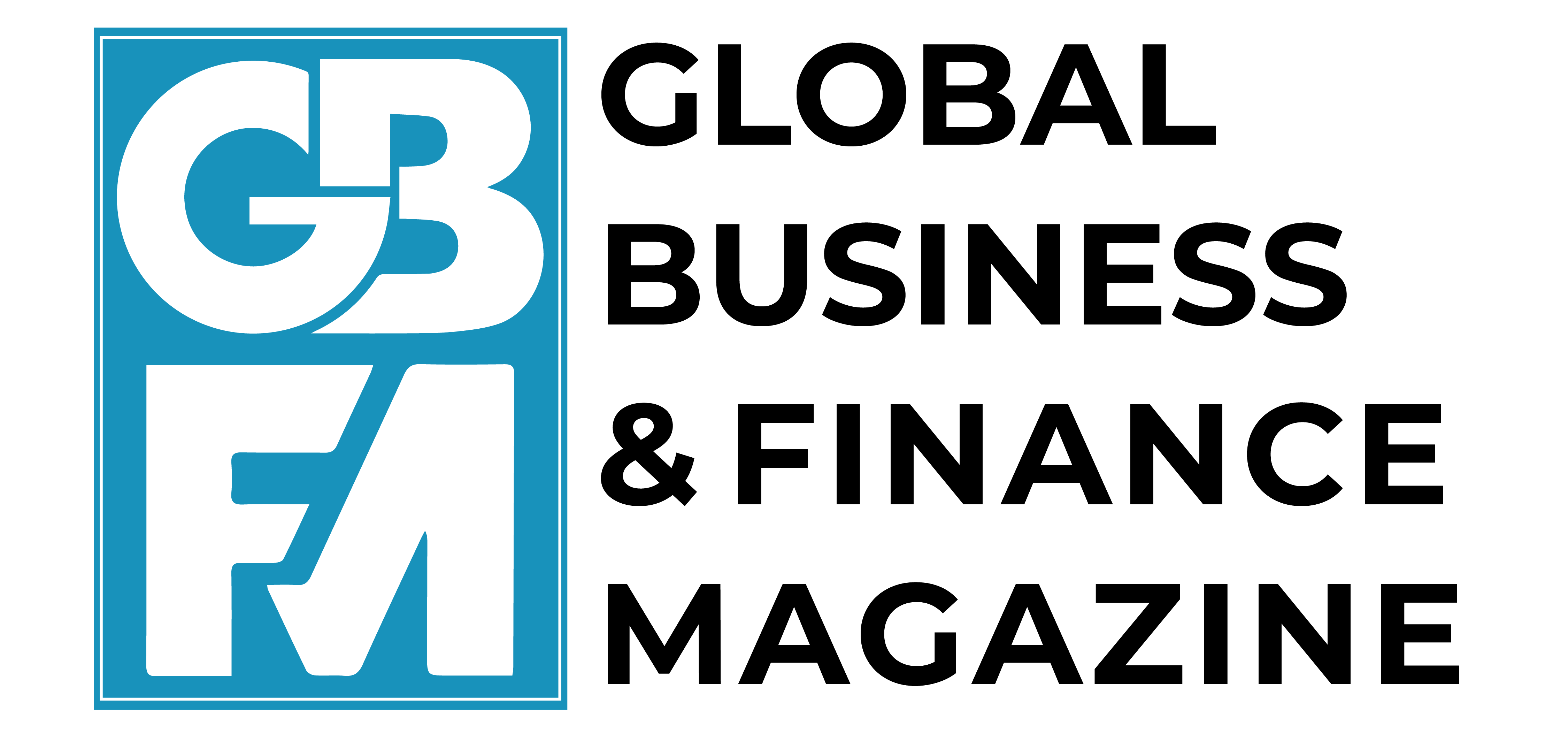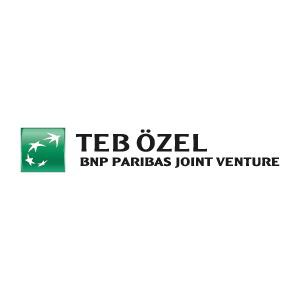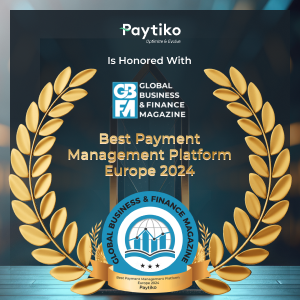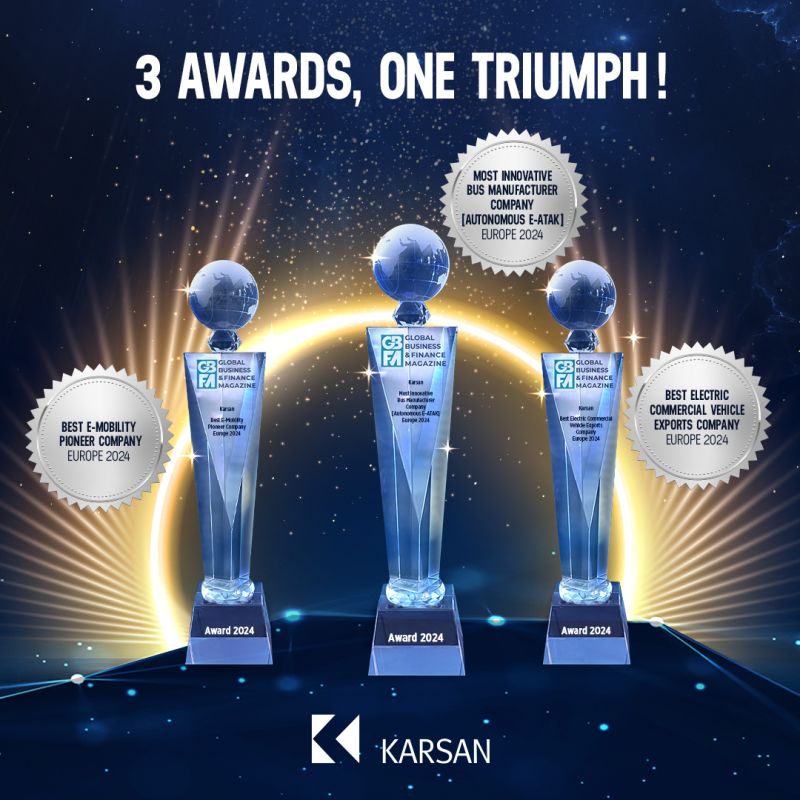Competition in critical technologies is attracting increasing attention not only because of the foundational nature of these technologies for other types of innovation, but also because of their role in the United States national security strategy. In this paper, we look into which entities in China, the European Union and the US innovate at the technology frontier in the three most important critical technologies – artificial intelligence, quantum computing and semiconductors – based on identification of the most radical novel patents in these technologies and their subsectors. Working with these pathbreaking patents, we look into the origin of the companies that file the largest numbers of them. US innovators dominate the innovation frontier for quantum computing and, to a lesser extent, AI, with Chinese innovators doing better in semiconductors. European innovators lag in all, but perform relatively better in quantum computing, in which they rank similarly to Chinese innovators. Furthermore, the innovation ecosystem is quite different across geographies. In the US, tech companies top the rankings of critical novelties and are highly concentrated: as many as three companies are in the top rankings of all of the three critical technologies. Frontier innovators in the field in which the EU competes most equally – quantum – are mostly research centres and not companies. China lies somewhat in between in all three domains.
For more on comparing frontier innovation in China, the US and the EU, also read the Working Paper ‘Radical novelties in critical technologies and spillovers: how do China, the US and the EU fare?’.
This is an output of China Horizons, Bruegel’s contribution in the project Dealing with a resurgent China (DWARC). This project has received funding from the European Union’s HORIZON Research and Innovation Actions under grant agreement No. 101061700.
Source : Bruegel



































































